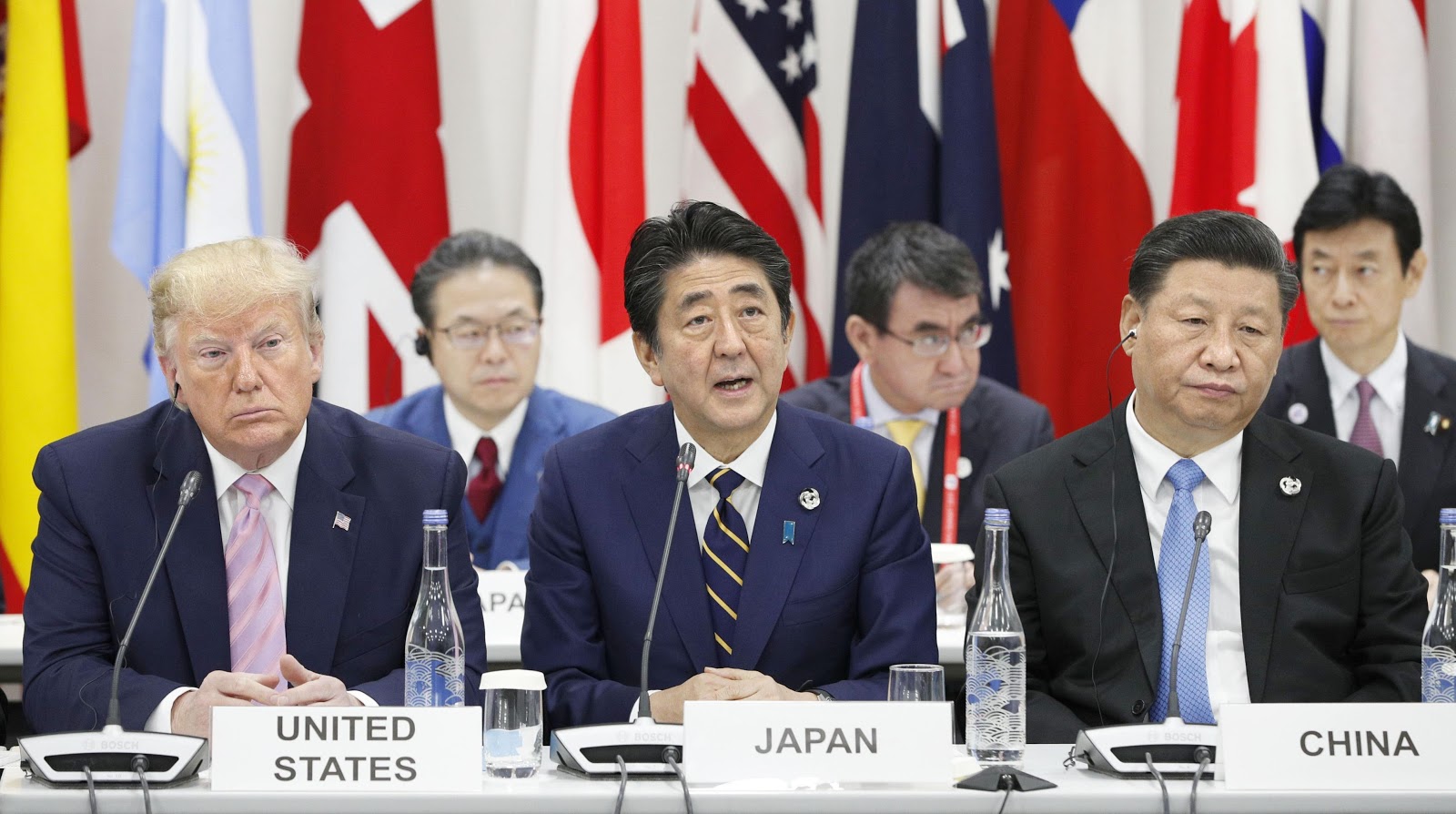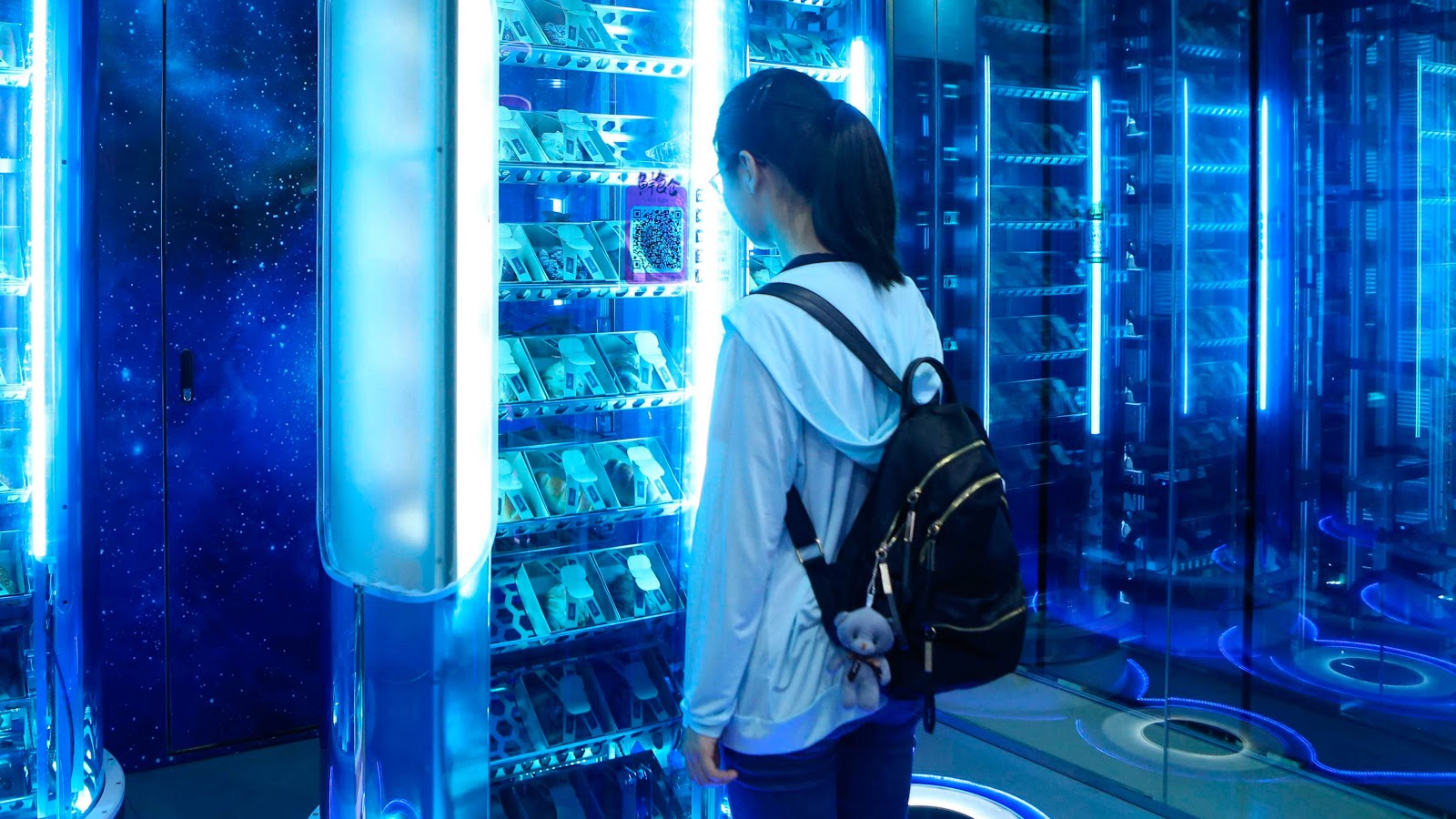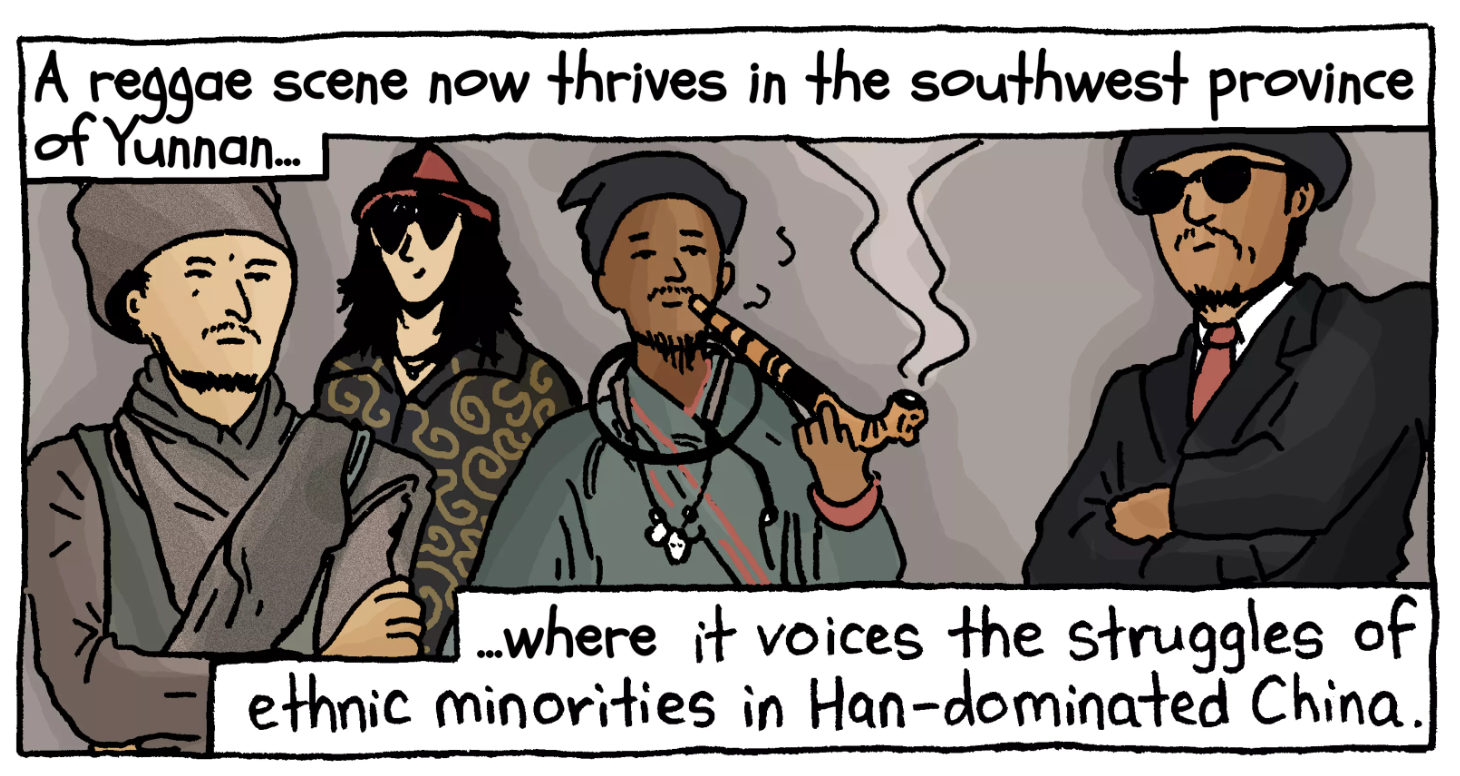Weekly Briefing: A techno-trade war truce; capitalist dreams of unmanned stores; Chinese reggae pioneers


Hello, readers! The China Project Weekly Briefing is our newest feature, detailing the most important China news from the past week. It also comes in the form of a newsletter — sign up using the box on the right of this post / top of our homepage.
~
We have updated our 2020 U.S. Presidential Election China Tracker with all of the comments made about China during the Democratic Party debates on June 26-27.
Two other things you might be interested in:
- The deadline for a China-connected tech startup pitch competition for female-led companies, run by SheLovesTech, is in only two weeks. Apply here.
- A live recording of the Sinica Podcast, produced by The China Project, will be held in New York on July 17. Click here for details or here to buy tickets.
—The Editors
1. Trump declares a techno-trade war truce in Osaka

Photo credit: Kyodo News via Getty Images
WHAT HAPPENED?
This weekend, U.S. President Donald Trump announced a truce in the U.S.-China techno-trade war after his meeting with Chinese President Xí Jìnpíng 习近平.
As Bloomberg notes (porous paywall): “The White House has yet to reveal details of Trump’s arrangement with Xi, leaving uncertainty about how the two countries will proceed.” Official China is almost completely silent: For example, there are no reports on the Xi-Trump meeting on Xinhua News Agency’s home page today.
THE DETAILS:
This is what the two sides have publicly said, abridged from this Bloomberg side-by-side comparison:
- The U.S. won’t raise tariffs on China “for the time being,” said Trump, which was confirmed by Beijing. No new timeline has been announced.
- The two sides will restart talks, but Trump threatened future tariffs if no deal is made. Beijing said that negotiators will discuss “specific issues,” and that talks must be “equal, reflect mutual respect and address respective concerns.”
- Trump said China will buy a “tremendous” amount of food and agricultural products from a list provided by the U.S. There was no confirmation from Beijing.
- The Huawei issue “must be saved to the very end,” said Trump, but the U.S. will make a concession and allow U.S. companies to sell to Huawei. There was no mention of Huawei in China’s written statement, but a Chinese official later said he “hoped the U.S. would follow through lift restrictions.”
- Chinese students: Trump said the U.S. will make it easier for Chinese students to stay and that there are many good Chinese students and “he’s always welcomed them,” while Beijing hoped Chinese students in the U.S. would be “treated fairly.”
For more on Trump’s view of the truce, see his interview with his sycophant-in-chief, Tucker Carlson, on Fox News.
2. Hong Kong boiling over

Photo credit: CNN reporter James Griffiths
Large-scale protests continue in Hong Kong, though unlike the remarkably unified protests of June 9 and June 16, not everyone is marching for the same thing, or using the same tactics. As the protests drag on longer and become less predictable — and even violent — Beijing’s willingness to allow Hong Kong to govern itself will face its greatest test since Hong Kong was given back to China by the UK in 1997.
What happened?
- On June 30, a pro-police and pro-government countermarch was held in the city, attended by tens of thousands of demonstrators, the South China Morning Post reported.
- But the day after, the anti-Beijing protestors returned in force — some of them turning to literal force to make their point.
- Some of them broke into the city government building, smashing glass doors, streaming into the building, and occupying the Legislative Council and covering it in graffiti.
- Police then cleared the area, but strangely refrained from using tear gas until after the destruction was done.
What’s next?
No one knows. The China Project’s Anthony Tao, who is in Hong Kong, notes the changing nature of the protests:
[The violence] was in stark contrast with a peaceful march in the afternoon, in which 550,000 people participated, per organizer estimates. It might have been more if not for the protester violence in the morning. The afternoon march was more in line with large-scale demonstrations on June 9 and June 12, all of them for the purpose of forcing legislators to strike down an extradition bill that could threaten Hong Kong’s judicial independence from Beijing. But anti-extradition voices are being joined, in increasing intensity, by pro-democracy voices, with more fervent and less realistic demands. Increased tension and violence has been the result, so far.
The full briefing
Listen to the most recent Sinica Podcast: Umbrella Revolution 2.0 – or something else? Antony Dapiran on the Hong Kong demonstrations.
3. Alibaba and Amazon share cashless store challenges

Photo credit: An unmanned convenience store in Shanghai, photographed by AP.
Similar to cashless Amazon Go stores in the U.S., China’s Alibaba and other ecommerce firms in China have opened their own unmanned stores in recent years. Amazon’s stores have faced challenges in the U.S. from parties who claim that not accepting cash is biased to exclude people who don’t have bank accounts and therefore can only pay in cash.
Cashless stores in China have faced difficulty for other reasons, according to Nikkei Asian Review, which reports that a number have closed in recent months. One major factor cited is the difficulty of selling fresh groceries and boxed ready-to-eat food in stores without staff. A factor not mentioned by Nikkei is that if the shops are to be truly without staff, the customers have to be honest enough not to take stuff and make a run for it.
Alibaba thinks it has a solution: social credit. Specifically, Sesame Credit, the popular app that Alibaba’s affiliate, Ant Financial, operates. Alibaba released some interesting, albeit slightly misleading and puffed up, statistics about the ability of Sesame Credit to improve customer’s behavior. The research firm Trivium has the details.
The capitalist’s dream of a shop with no pesky human labor will never die, in other words, and companies like Alibaba will make sure of it.
For more on the often-misunderstood subject of social credit systems in China, listen to this Sinica Podcast: Mythbusting China’s social credit system
4. First World health problems in China

Photo credit: The China Project illustration
A study published in the Lancet last week finds that over the last three decades, lifestyle diseases that afflict wealthier countries have overtaken lung infections and neonatal disorders as the leading causes of premature death in China. According to the research:
- Chronic illnesses like stroke, chronic obstructive pulmonary disease, liver and lung cancer, and heart disease are now leading causes of premature death.
- Diabetes is now 50 percent more common than it was in 2000 in China.
- High blood pressure, smoking, and air pollution are now significant contributing factors to deaths in China. The two risk factors that increased the most in China were high body mass and “ambient particulate matter pollution.”
- China spent 5 percent of GDP on healthcare in 2016, compared with 17.1 percent in the U.S., 11.5 percent in France, and 9.8 percent in the U.K., according to the World Health Organization.
Bloomberg has a summary of the Lancet study, via Straits Times.
5. Chinese reggae pioneers

Photo credit: A panel from the graphic short story on Chinese reggae by Krish Raghav.
The first Chinese arrived in Jamaica as indentured laborers for British sugar plantations in the 1850s and 1860s, and continued to immigrate voluntarily in small groups right up until the 1940s. Originating mostly from Guangdong and Fujian, Chinese immigrants in the Caribbean did exactly what they do elsewhere in the world: They opened small businesses, got rich, and sent their kids to good schools.
But maybe Chinese doctors started using some of the local herbs in their remedies because something beyond the usual also happened in Jamaica: Kingston’s Chinese population was involved from the earliest days with the down and dirty ghetto music that became reggae.
Beijing-based graphic artist Krish Raghav has published a graphic short story about Chinese contributions to reggae, and the state of the musical form in China today.
The page linked above includes an audio file of Shanghai-born Stephen Cheng and Jamaican-Chinese Byron Lee’s 1967 proto-reggae song “Always Together,” a rocksteady rendition of the Taiwanese folk song Ālǐ shān de gūniáng 阿里山的姑娘, sung in Mandarin.
If you want to know more, you might enjoy the book Reggae Routes by Chinese Jamaicans Kevin O’Brien Chang and Wayne Chen.
~
The China Project Weekly Briefing is sent as a newsletter every Tuesday — subscribe by entering your email into the box at the top of our homepage. To get daily roundups of China news, access to a members-only Slack channel and exclusive expert chats, and discounts on other The China Project events and products, sign up for The China Project Access today!





